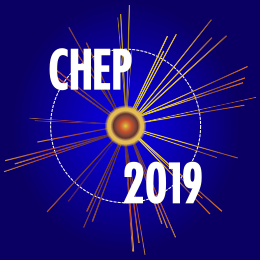Speaker
Description
Abstract
Various studies have shown the crucial and strong impact that undergraduate research has on the learning outcome of students and its role in clarifying their career path. It was proven that promoting research at the undergraduate level is essential to build an enriched learning environment for students [1,2]. Students get exposed to the research world at an early stage, acquire new skills, learn about fundamental topics in depth, develop a professional identity and have a clearer idea about the career path they want to follow later. Undergraduate research enhances engaged learning and therefore is considered as a high-impact educational practice to achieve excellence.
The High Energy and Medical Physics Group at TAMUQ has been supporting and engaging undergraduate students in different research projects in the areas of High Energy Physics and Medical Physics for the past six years. It attracted students more than 25 undergraduate students. Many projects conducted within the group were awarded by the Qatar National Research Fund which is a governmental funding body that provides funding to highly competitive projects that address national priorities and contribute to capacity building [3]. Students were trained to use a high performance computing facility, different HEP programming languages, software and Monte Carlo based platforms for their simulation. As for the outcomes, they participated and presented at international conferences, many of them attended CERN summer internship program and took part in different hands-on activities within the Compact Muon Solenoid (CMS) experiment at CERN. Some of the results produced by students were even published in scientific journals [4,5]. Several students are now enrolled in World Class universities for their master and PhD studies.
These activities have laid the foundation of a strong and young group of researchers in Qatar.
In this presentation, we highlight some of the various HEP projects that our students completed, the different tools that were used, as well as the research outcomes. Then, we will discuss the impact of this experience on their learning and undergraduate education as well as their career path, especially their postgraduate studies.
References
[1] Desai KV, Gatson SN, Stiles TW, Stewart RH, Laine GA, Quick CM. Integrating research and education at research-extensive universities with research-intensive communities. Adv Physiol Educ. 2008;32(2):136-41.
[2] Heidi A. Wayment, K. Laurie Dickson. Increasing student participation in undergraduate research benefits students, faculty, and department. Teaching of Psychology 2008;35:194-97.
[3] The Qatar National Research Fund, http://www.qnrf.org
[4] M. Abi Akl et al., Uniformity studies in large area triple-GEM based detectors, Nuclear Instruments and Methods A832 (2016)
[5] O. Bouhali et al., “Accelerating avalanche simulation in gas based charged particle detectors », Nucl. Inst. Method. 901(2018) 92.
| Consider for promotion | Yes |
|---|
